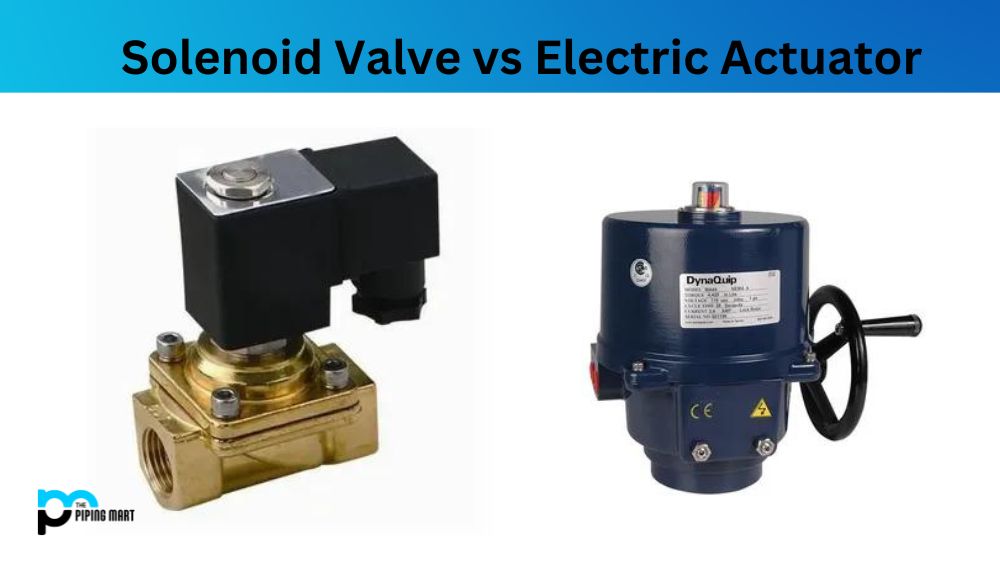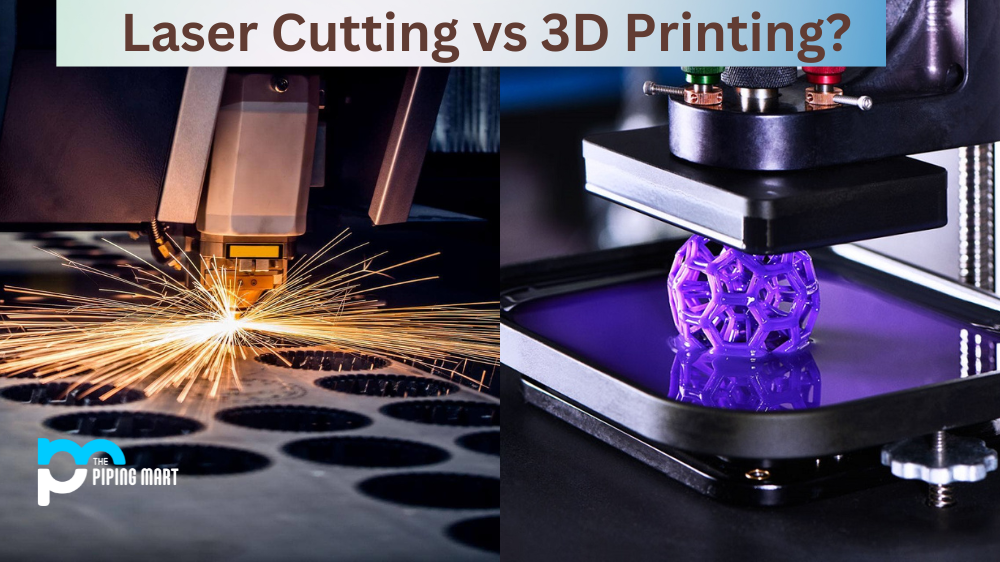Are you trying to choose between a solenoid valve and an electric actuator? Choosing the right valve type for your application can be tough whether you are an engineer or a technician. Both solenoid valves and electric actuators are types of control valves, but they differ in construction and function. In this post, we’ll explore the differences between a solenoid valve and an electric actuator to help you make an informed decision.
What is Solenoid Valve?
A solenoid valve is an electromechanical device used in a fluid circuit to control the flow of liquid or gas. It consists of an electrically energized coil wound around a movable core enclosed in a chamber with nozzles, ports, and pipes that direct fluid flow. When power is applied to the solenoid valve coil, it creates a magnetic field which draws the plunger into the center of the coil. This movement opens or closes pathways for fluids to pass through, thus controlling fluid pressure and direction.
What is Electric Actuator?
An Electric Actuator is a device used to convert electrical energy into mechanical motion. It converts an input voltage into a linear or rotary motion output and can be used for automated control of industrial machines and processes. The actuators available range from simple DC motors to complex servo systems with precise position controllers.
Difference Between Solenoid Valve and Electric Actuator
Definition:
A solenoid valve is a control valve that uses electromechanical mechanisms to regulate fluid or gas flow. On the other hand, an electric actuator is a motor-powered valve that rotates or slides a disk or plug to control fluid or gas flow.
Construction:
Solenoid valves are typically small, compact devices consisting of a coil and a plunger that move together to open or close a valve orifice. On the other hand, electric actuators are larger devices that include a motor, gears, and an actuator body that houses the valve disk or plug.
Function:
Solenoid valves use an electromagnetic field to attract the plunger, which opens or closes the valve orifice. They are fast-acting and reliable, making them ideal for applications that require quick response times. On the other hand, electric actuators are slower than solenoid valves but can provide precise and repeatable control over the valve disk or plug.
Applications:
Solenoid valves are commonly used in applications that require on-off control, such as air compressors, car wash systems, and irrigation systems. Electric actuators are typically used in applications requiring precise positioning and control, such as industrial processes, oil and gas pipelines, and water treatment systems.
Cost:
The cost of solenoid valves is typically lower than that of electric actuators because of their simpler design and construction. However, electric actuators provide more comprehensive control over the valve and can provide cost savings in the long run by reducing downtime and increasing the efficiency of the process.
Conclusion:
In conclusion, choosing between a solenoid valve and an electric actuator depends on the requirements of your application. Solenoid valves are ideal for applications that require quick on-off control, while electric actuators are more appropriate for applications that require precise control over the valve disk or plug. Solenoid valves are typically cheaper than electric actuators, but electric actuators provide more comprehensive control and can save costs in the long run. We hope this post has helped you understand the differences between solenoid valves and electric actuators so you can make an informed decision for your application.
Rachana is a dedicated and ambitious young woman who has made a name for herself in the metal industry. From her earliest days in the industry, Rachana showed a natural talent for problem-solving and a keen eye for detail. In her free time, She enjoys reading up on the latest advancements in the industry, as well as exploring new ways to innovate and improve upon existing processes.




